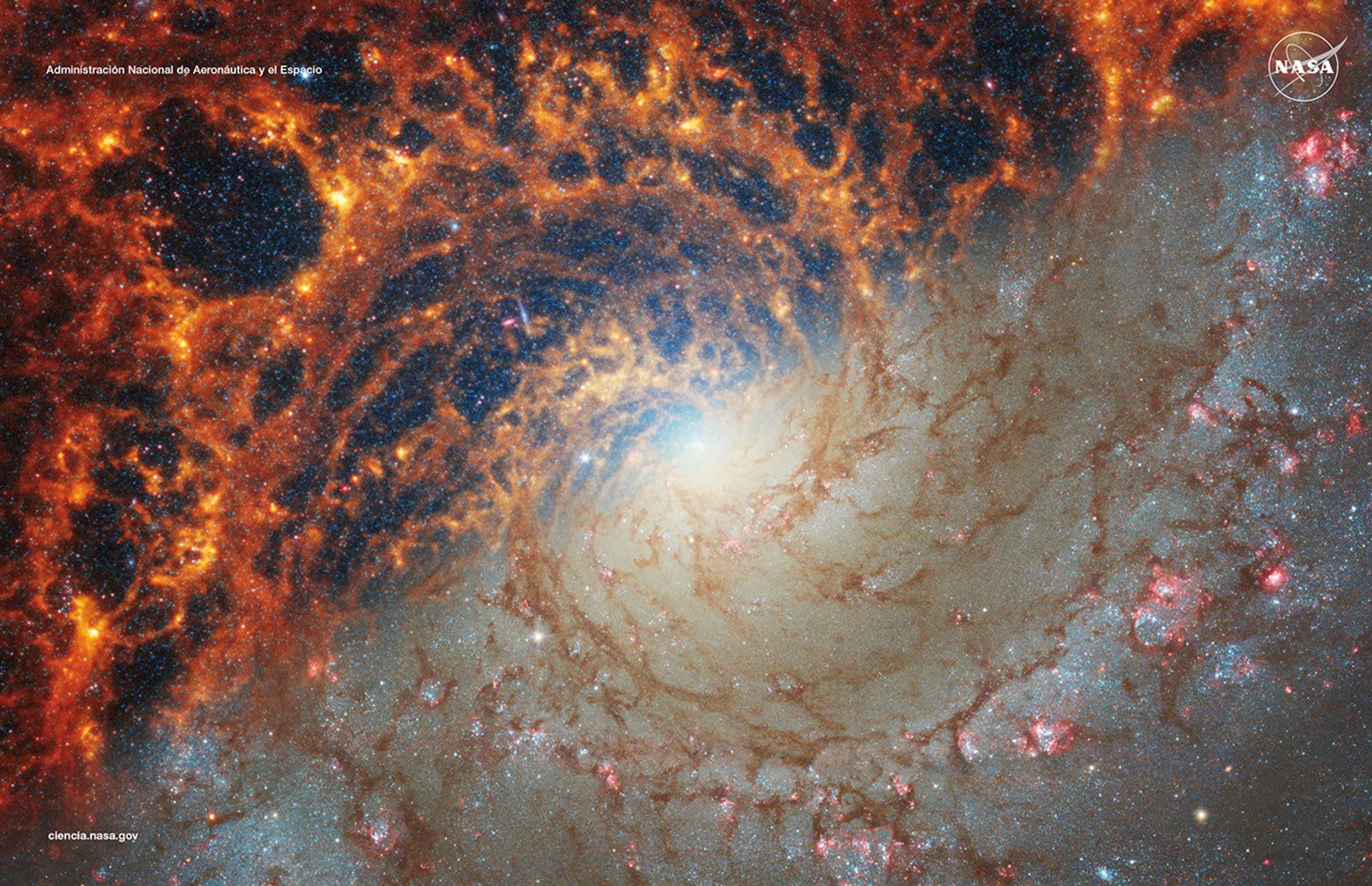X-ray SIG Seminar
X-ray Science Interest Group
Location
Virtual
Dates
3 October 2025
1:00 PM ET
Community
XR SIG
Type
Seminar
Broadband X-ray Astronomy with HEX-P: Science Drivers and Community Priorities
Speaker
Javier Garcia (NASA GSFC)
Abstract
Broadband X-ray coverage—extending from soft to hard X-rays with high sensitivity and spectral resolution—is central to advancing our understanding of black hole growth, feedback, cosmic structure formation, and the extreme physics of compact objects. The High-Energy X-ray Probe (HEX-P) was a NASA Probe-class mission concept designed to meet these needs, with unprecedented capabilities in the 0.2–80 keV band. I will summarize the key science drivers developed by the HEX-P team during the concept study, highlighting their continued relevance to community priorities and ongoing SAG activities. These include constraining the spin distribution of supermassive black holes across cosmic time–thus discriminating among black formation models, resolving the hard X-ray emission from dense regions of our Galaxy and nearby galaxies to understand the high-energy source populations, and unequivocally resolve over 90% of the cosmic X-ray background. I will also discuss how HEX-P’s capabilities were designed to complement other facilities, and how its legacy informs future broadband X-ray mission concepts. This talk will provide an overview of the lessons learned from HEX-P’s science case development, offering context for the XR SIG’s current discussions on broadband X-ray science and technology needs.
Next Steps Toward Wide-Band, High-Throughput X-ray Polarimetry
Speaker
Paolo Soffita (INAF-IAPS)
Abstract
X-ray polarimetry has entered a discovery era with IXPE, which has delivered astonishing results across compact objects in Galactic binary systems, supernova remnants, pulsar wind nebulae, magnetars and AGNs. Its narrow 2–8 keV band and its relatively small effective area still limits its throughput. This presentation will describe enabling technologies and a possible mission concept for a next-generation wide-band large area (≈2–79 keV) imaging polarimetry observatory. In the soft band (<2 keV), laterally graded multilayer mirrors, coupled to transmission gratings (e.g., the REDSoX demonstrator), or the simpler StokeSat can provide near-unity modulation and fine energy resolution for high-galactic latitude neutron stars, magnetars, and blazars. In the classical 2–10 keV range, improved mirrors (≈ 5″–10″ HEW) and advanced gas imagers exploiting 3-D track reconstruction with Timepix-class ASICs promise negligible dead time, and better modulation enabling higher throughput. In the hard band (10–80 keV), pressurized Ar-based photoelectric imagers and focal-plane Compton polarimeters extend sensitivity to reflection-dominated compact and extended objects, magnetar hard tails, and cyclotron-line physics, where imaging is key for background suppression. A stacked, imaging-focal plane combining classical, medium, and Compton stages could deliver balanced sensitivity across the full band. Collectively, these developments outline a feasible path to broad-band spectro-polarimetry that will allow population studies for almost all the class of objects and extending to hard and soft X-rays the discovery space of IXPE.
Seminar Connection
News Straight to Your Inbox
Subscribe to your community email news list
We will never share your email address.



























